The mortar khrok (ครก) and pestle sak (สาก) are crucial tools in Thai cuisine. They are used to grind and pound ingredients intensifying flavors, and adding depth to dishes that wouldn’t be possible with modern tools. The mortar and pestle also hold cultural significance, honoring tradition and heritage. They are a symbol of craftsmanship and the commitment to preserving the authentic flavors of Thai cuisine.
In Thai households, the mortar and pestle are often passed down through generations. The two that I own were brought from Thailand to the US by my mom in 1973. I didn’t understand the difference between them until a recent trip to Thailand when my cousin explained to me that I was using the wrong one to make Papaya Salad Som Tum. It was then that I realized why my mom had given me two. Someday I will pass them down to my daughter.
Stone Mortar and Pestle
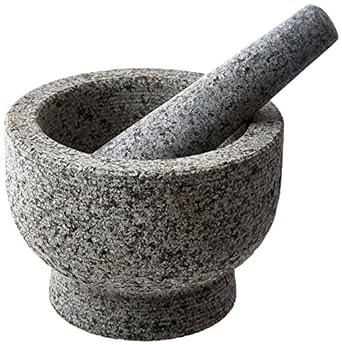
The stone mortar and pestle are made from granite and known for their sturdy build and ability to withstand the rigorous pounding and grinding required in Thai cuisine. This traditional method of grinding releases the essential oils present in herbs and spices, intensifying their flavors and giving Thai dishes their distinct taste.
One of the most iconic Thai recipes that showcases the abilities of the stone mortar and pestle is the famous green curry paste. The paste is made by grinding together a variety of ingredients, including fresh green chilies, garlic, shallots, lemongrass, galangal and cilantro roots. A stone mortar and pestle can handle vigorous pounding and is safe from cracking and tipping over, making it the perfect tool for this job. The process of pounding these ingredients in the mortar and pestle not only breaks down the fibrous herbs into a smooth paste but also helps to release their flavors, resulting in an aromatic curry.
Granite is a relatively expensive material, so a granite mortar and pestle may cost more than other types of mortar and pestles. This is likely to pay off in years to come, as granite is practically a lifetime investment.
Baked-Clay Mortar with a Hardwood Pestle

The terracotta mortar and a wooden pestle is another important tool in Thai cooking. They however, aren’t quite the same as their granite counterparts. A terracotta mortar is much lighter than a granite one, making it easier to handle and maneuver. Also, the lightweight wood pestle will also mean less strain on your arms and wrists.
Clay mortar and pestles aren’t as sturdy as granite ones, so you have to be careful not to pound using too much force. They are typically used to prepare more delicate Thai favorites, such as Papaya Salad Som Tum. In this dish, the mortar and pestle are used to bruise the green papaya, tomatoes, long beans, garlic, chilies, and peanuts. The crushing action breaks down the fibers and releases the juices, allowing the salad to absorb the dressing to create a unique texture and flavor profile. Unlike with a stone mortar and pestle however, the clay mortar and wood pestle keep the integrity of the salad still in tact.
Terracotta mortar and pestles are more budget-friendly compared to granite ones. Unlike their stone counterparts however, they may not last as long.
Mini Mortar and Pestle
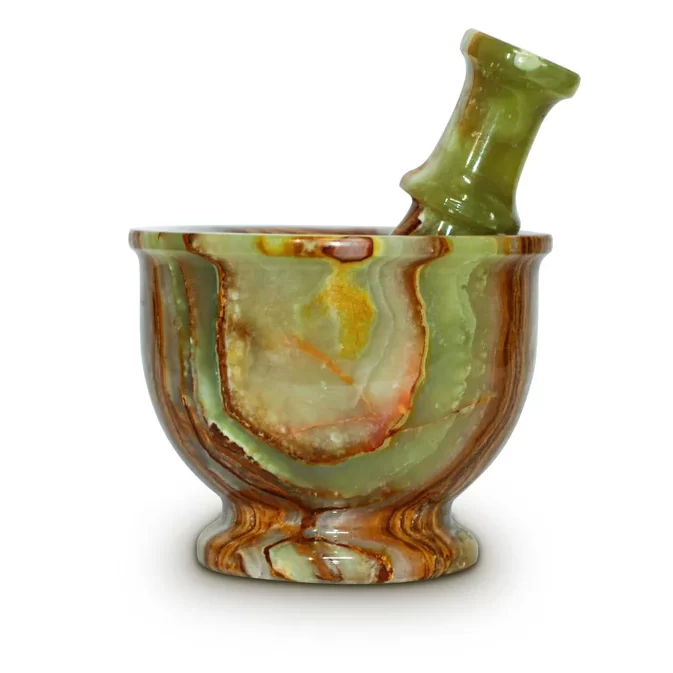
I actually own a third mortar and pestle that my sister purchased for me in the US. It’s small and convenient enough to pull out for little jobs. I often use it to crush garlic and red peppers for dished like Holy Basil Stir-fry Pad Kra Prao when I’m making enough for just a few people. Although not quite the authentic sensory experience of pulling out my mom’s granite mortar and pestle, sometimes all I need is a little bit of something. In my opinion, this still creates flavors far superior to mincing with a knife or using a food processor.
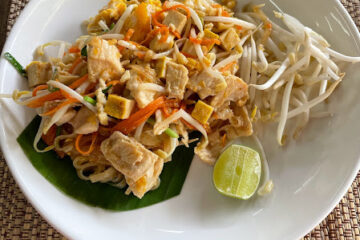
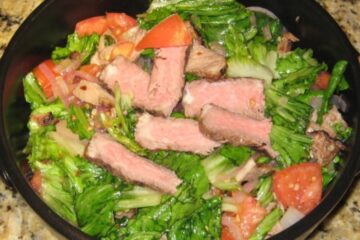
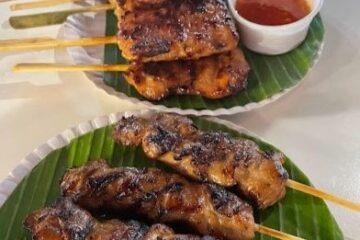
0 Comments